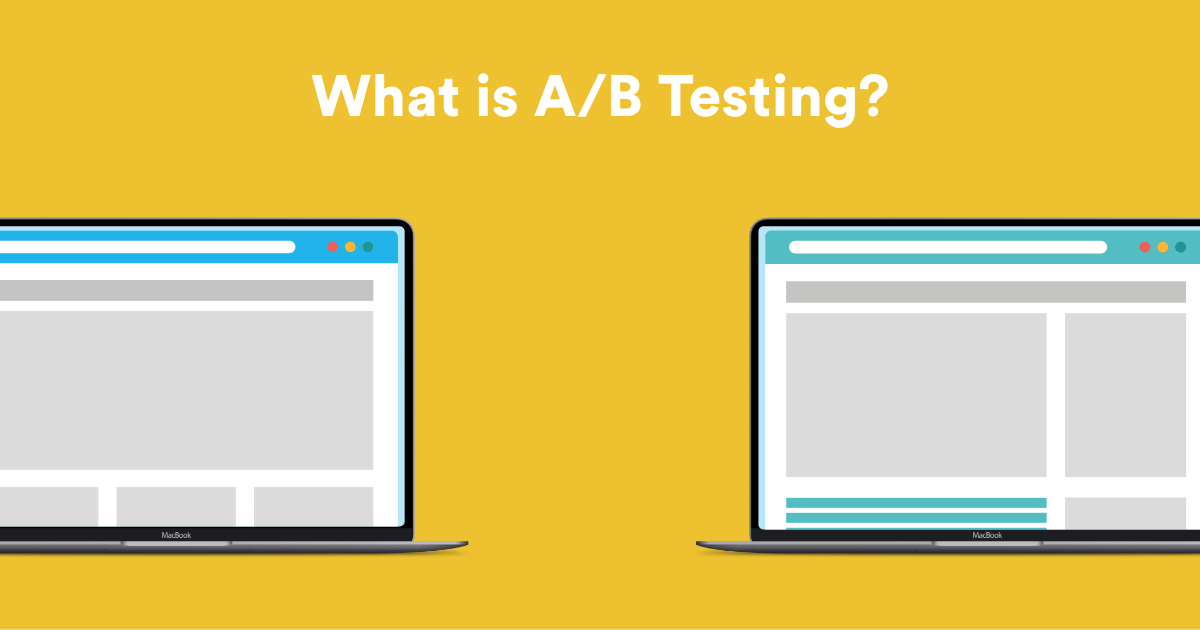Ad placement is a crucial aspect of digital advertising. Effective ad placement can increase the likelihood of user engagement and conversions, while poor placement can lead to low click-through rates and wasted ad spend. In this guide, we’ll cover the best practices for ad placement, including how and where to place them to generate the best results and what to avoid
- Consider the user experience
The first and most important aspect to consider when placing ads is the user experience. Users should never feel bombarded or annoyed by ads. It’s essential to place ads in a way that doesn’t disrupt the user’s browsing experience. Avoid placing ads in locations that block content, slow down page loading, or obscure important information.
- Optimize for mobile devices
With more and more people accessing the internet on mobile devices, it’s important to optimize ad placement for mobile. Ads should be designed to fit mobile screens and placed in locations that don’t obstruct the user’s view. Avoid placing ads too close together or in areas where users are likely to accidentally click on them.
- Choose the right ad format
Choosing the right ad format can also make a significant difference in ad placement. Consider the type of content you are promoting and the ad format that would work best. For example, video ads may work better for some types of content than display ads.
- Use data to inform ad placement
Data is a powerful tool when it comes to ad placement. Use data from your website analytics and ad platform to determine which ad placements are most effective. Test different ad placements to see which ones generate the highest click-through rates and conversions.
- Follow platform guidelines
Each advertising platform has its guidelines for ad placement. Follow these guidelines to avoid having your ads rejected or disapproved. Additionally, following platform guidelines can help ensure that your ads are placed in locations that are most likely to generate clicks and conversions.
- Use contextual targeting
Contextual targeting is a method of targeting ads based on the content of the web page. By using contextual targeting, you can place ads in locations that are relevant to the user’s interests. This can increase the likelihood of engagement and conversions.
- Consider ad-blocking software
Ad-blocking software has become increasingly popular in recent years, and it’s essential to consider its impact on ad placement. Avoid placing ads in locations that are likely to be blocked by ad-blockers. Additionally, consider alternative ad formats that may be less likely to be blocked, such as native advertising.
In conclusion, effective ad placement is a crucial aspect of digital advertising. By considering the user experience, optimizing for mobile devices, choosing the right ad format, using data to inform ad placement, following platform guidelines, using contextual targeting, and considering ad-blocking software, you can increase the likelihood of user engagement and conversions.




